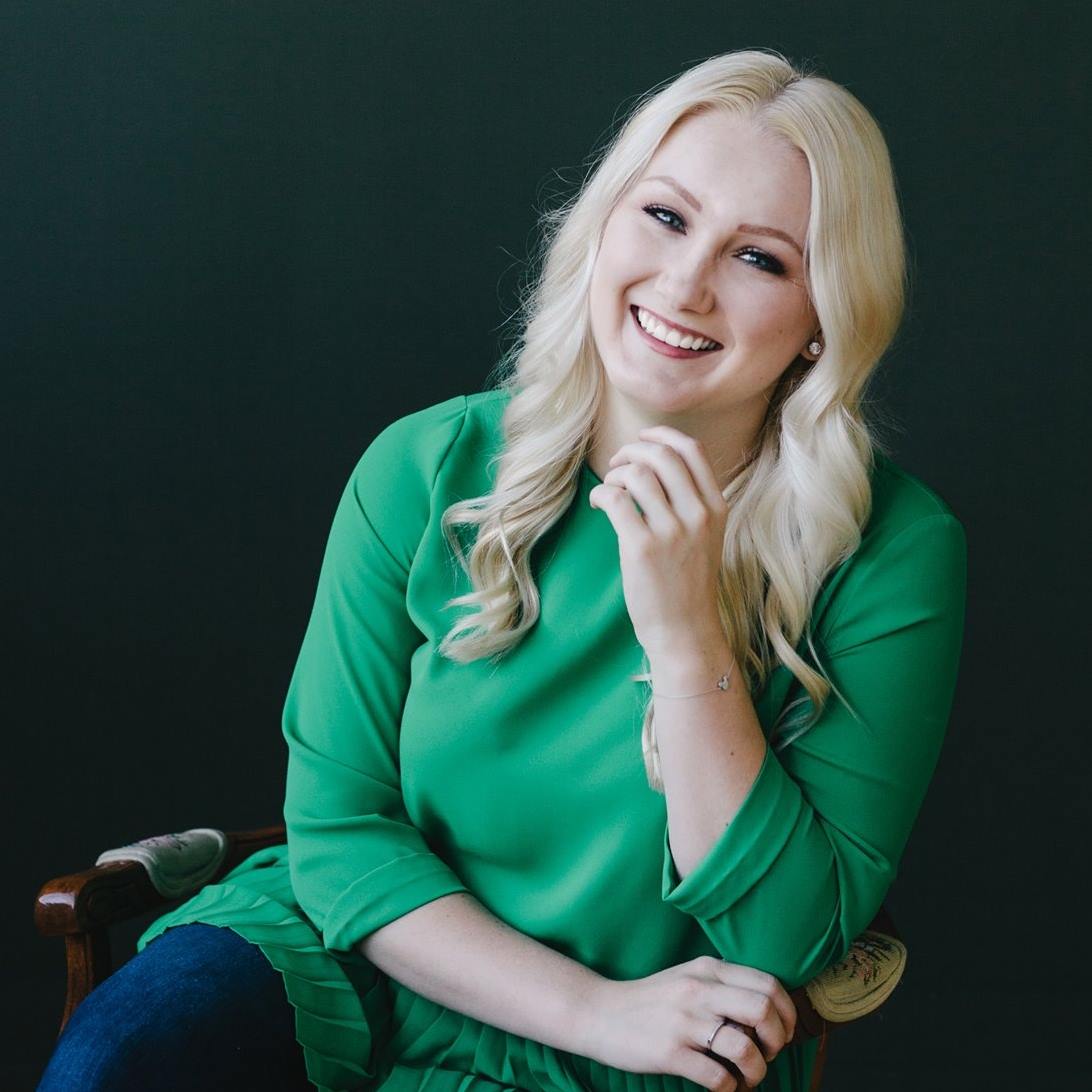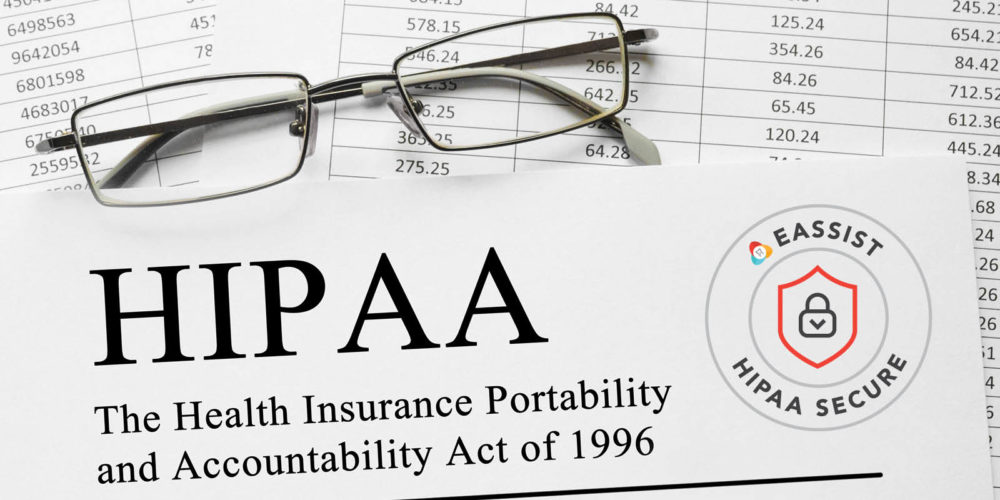Dental Diversity
Cesar Chavez got it right when he said “We need to help students and parents cherish and preserve the ethnic and cultural diversity that nourishes and strengthens this community – and this nation.” Diversity strengthens everything it touches, if we’d only let it. In the spirit of Black History Month, I think it’d be a great idea to explore diversity within the world of dentistry.
The need for dentists has existed since the beginning of time. But in the United States, dentistry wasn’t really studied until 1828, when the first school of dentistry opened in Ohio. Even then, it took 12 more years for the first college of dental surgery to open in Maryland in 1840. From the opening of the first dental college it took 29 more years until the first African-American graduated from dental school! In 1869, just six years after the Emancipation Proclamation went into effect, Robert Tanner Freeman became the first African-American dental school graduate in the United States.
A child of former slaves, Freeman, was born in Washington D.C. in 1846. Freeman worked with and developed a relationship with a local dentist named Dr. Noble. Upon Dr. Noble’s suggestion, Freeman applied for several dental schools around the country. Freeman was rejected several times. He was even rejected from Harvard University, the school he eventually graduated from. Freeman was selected as one of the first six students selected for Harvard’s inaugural dental school class. He enrolled in 1867 and graduated in 1869 (Side note: I wish dental school was still just two years today!). After graduation he returned to Washington D.C. to open his own dental practice,next to his friend and mentor Dr. Noble.
While Freeman is known as being the first African-American dental school graduate in the United States, his legacy is more than just a superlative. His acceptance into Harvard’s dental program changed the course of academic history forever. His acceptance paved the way for other aspiring African-American dentists like George Franklin Grant and Freeman’s grandson Robert C. Weaver, the first African-American to serve in the United States Cabinet. Freeman’s legacy is ultimately determined by the work he did within the Washington D.C. community. In his practice he made it a priority to serve the underserved portions of his community, the impoverished, other African-Americans, and the elderly.
Freeman’s’ legacy continues to live on through the work of organizations like National Dental Association, formally the Robert T. Freeman Dental Society. The National Dental Association (NDA) is professional association of minority dentists based in Freeman’s hometown, Washington D.C. The NDA has followed in Robert Tanner Freeman’s footsteps by advocating dental services to underserved populations. Additionally, the NDA offer scholarships to dental students and provides dental screening to children in Jamaica, Guyana, and Trinidad.
Even though it’s 150 years old, the story of Robert Freeman has a lot to show us.There is strength in the differences between people. When we take time to listen and understand those differences, we can reach higher heights. This rings true personally and professionally. We often get caught up in viewing the world through a single lens, a fraction of a picture. Diversity lends itself to us in a way that when we embrace it, we can see the whole picture. Luckily, in 1867, Harvard took the time to see the whole picture. Hopefully in 2019 we can take the time to see the whole picture.
Sources-
https://www.blackpast.org/african-american-history/freeman-robert-tanner-1846-1873/
Owen, Lorrie K., ed. Dictionary of Ohio Historic Places. Vol. 2. St. Clair Shores: Somerset, 1999,
Dixen, Russell; Byrd, Grace. “The Supply of Negro Health Personnel-Dentists”. Journal of Negro Education. Journal of Negro Education.



0 Comments